The Fastest Growing Cities in America
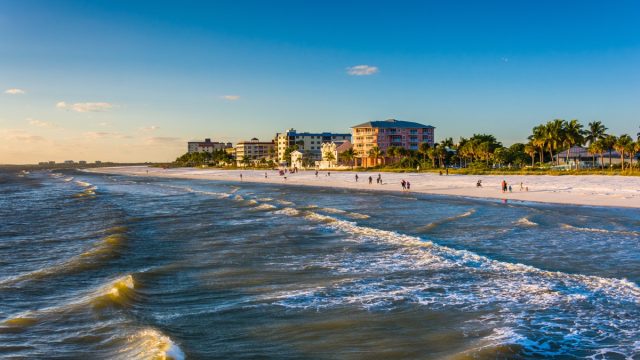
Thriving cities tend to have a few things in common: a hot job market, a vibrant downtown, and maybe even a stellar school district. But if there’s one clear sign that a city is on the up and up, it’s that people want to move there. Whether it’s for new economic opportunities or the promise of greener pastures, certain cities attract new residents like moths to a flame—and of course, these popular cities are always changing.
To identify the fastest growing cities in America as of late, we used data from the U.S. Census Bureau. Comparing populations from 2016 to 2017, we noted which cities grew by the highest percentage. Over the course of those 12 months, the populations of these cities increased anywhere from 3.2 to 8.2 percent. Read on to see if your city is on the list!
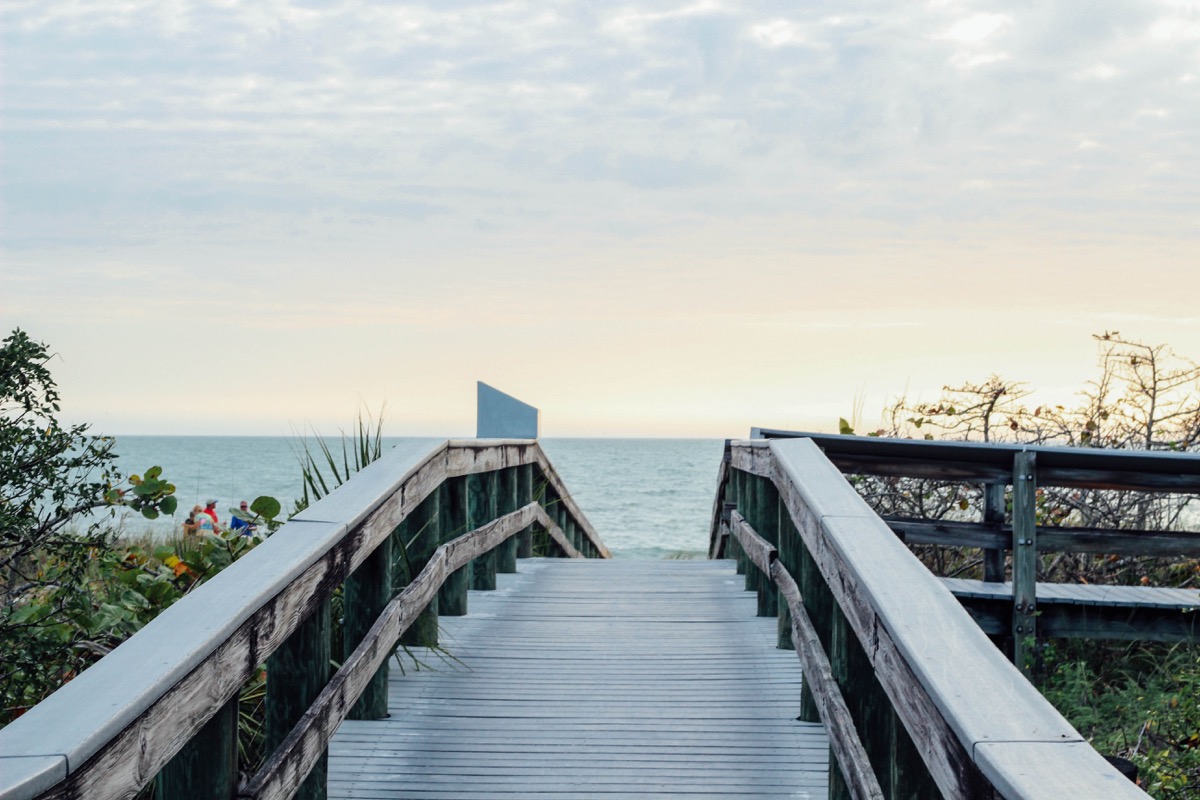
Number of people who moved here: 1,722
Population growth: 3.2 percent
On the Sunshine State’s southwest coast, you’ll find the city of Bonita Springs. Between 2016 and 2017, it’s estimated that more than 1,700 people moved to this Floridian city, bringing the total population to more than 56,000. It’s a population trend that’s hinted at in the town’s motto: “Small Town Charm, Big Bright Future.”
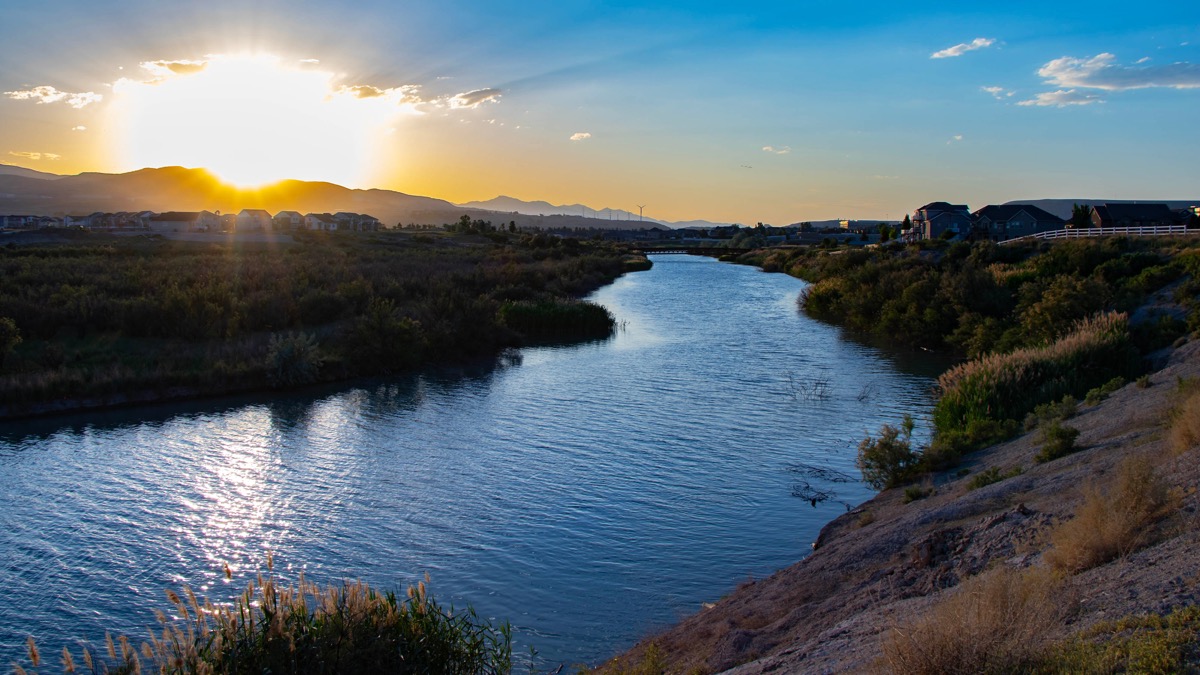
Number of people who moved here: 1,969
Population growth: 3.2 percent
The city of Lehi was incorporated in 1852, just two years after the Utah Territory was organized by Congress and 44 years before it became a state. Today, it boasts stunning natural features, including the Jordan River, and several mountain ranges that surround it. That all makes it the perfect home base for people who love the outdoors, including hikers, skiers, hunters, and fishers.
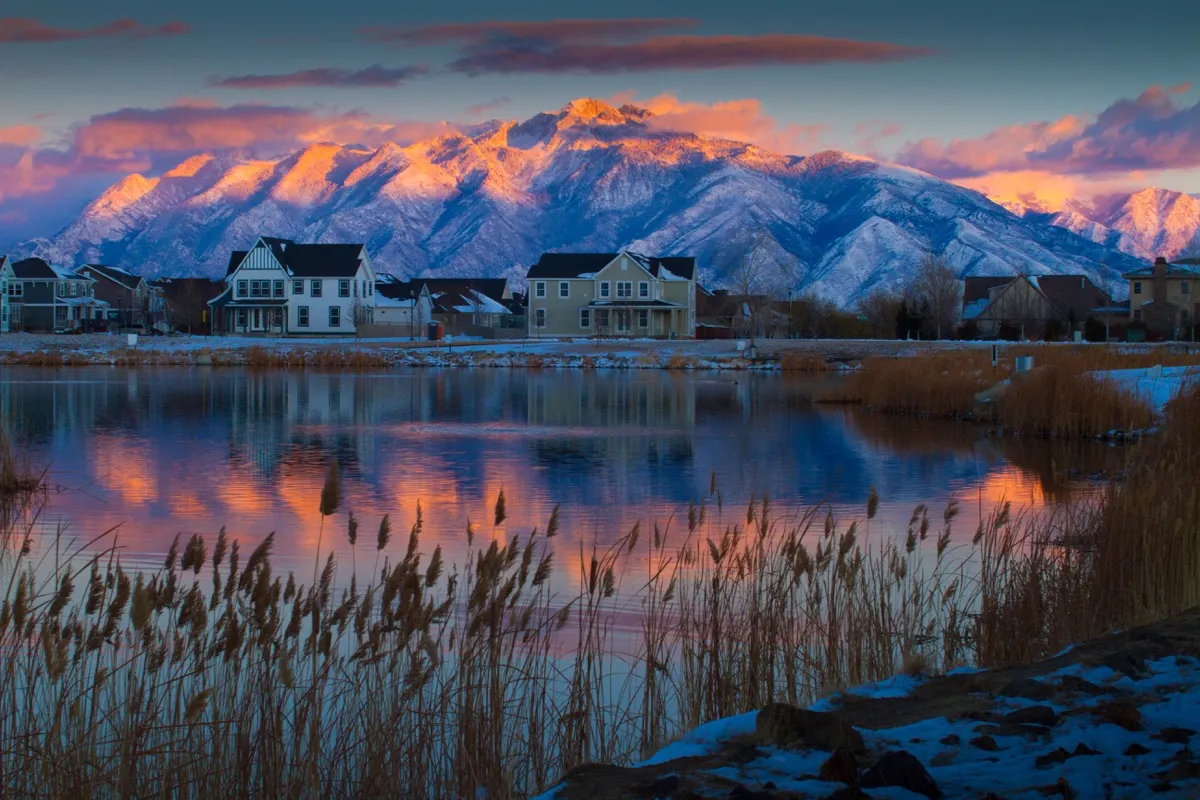
Number of people who moved here: 2,275
Population growth: 3.3 percent
Just 18 miles south of Salt Lake City, the city of South Jordan saw more than a three percent increase in its population between 2016 and 2017, bringing its total headcount to more than 70,000. That boost could be thanks to the Daybreak community, a master-planned neighborhood that began construction in 2004.
At Daybreak, each home is designed to be no further than a five-minute walk from a public space (think parks, schools, and shopping centers). Upon its completion in the next 18 years or so, Daybreak is expected to double the population of South Jordan.
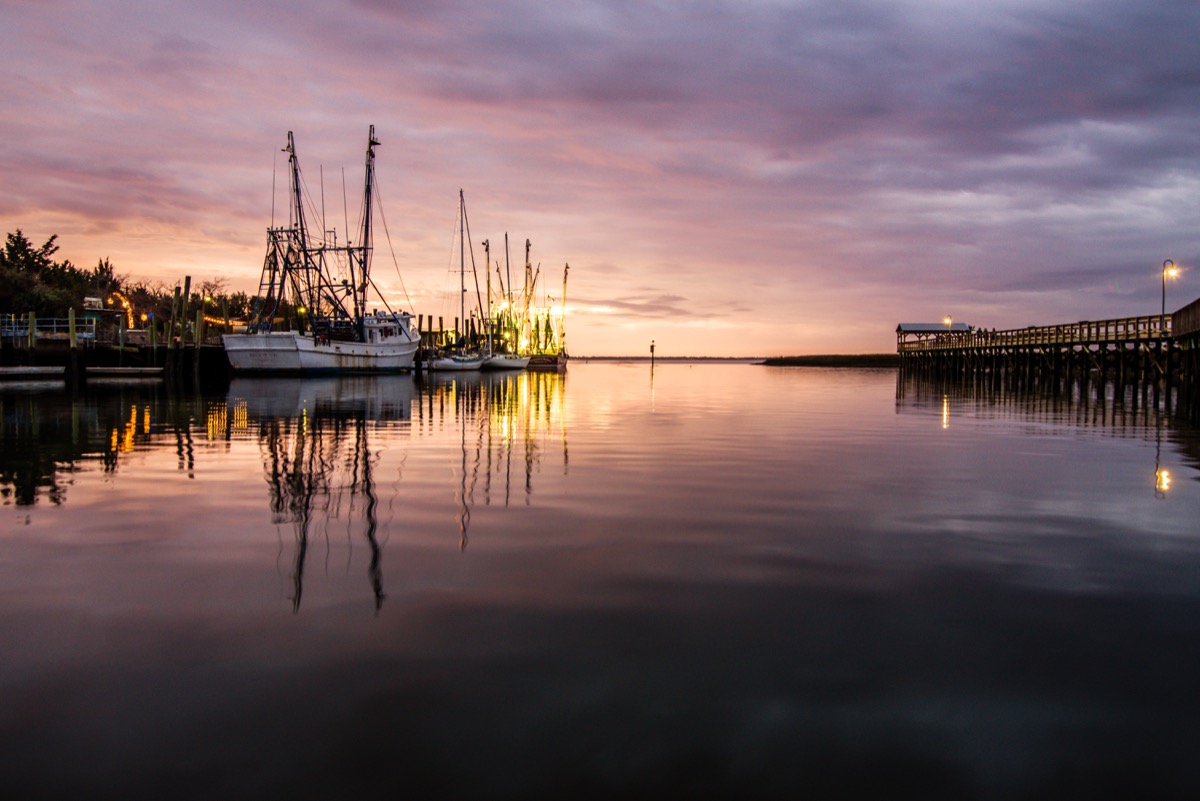
Number of people who moved here: 2,812
Population growth: 3.4 percent
While it’s home to a remarkable population of more than 86,000 people, Mount Pleasant is not a city but a town (and one of only two on this list). This southern enclave has been on the rise for a while.
In 1990, Mount Pleasant’s population was just 30,108. By 2010, that number had more than doubled to 67,843. The town is a convenient 15-minute drive from the city of Charleston, which could be part of the reason for its exponential growth.
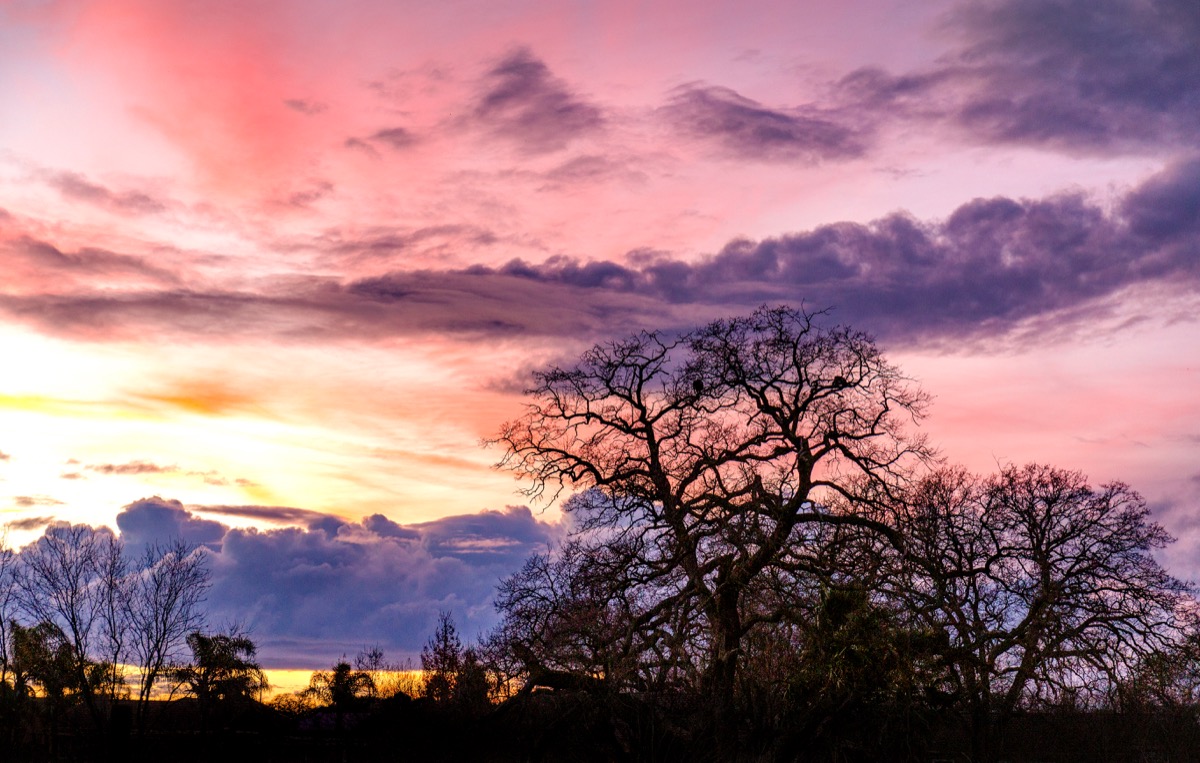
Number of people who moved here: 2,105
Population growth: 3.4 percent
Head 21 miles northeast of Sacramento and you’ll find the fast-growing city of Rocklin. This California city’s history is closely intertwined with granite mining, the last of which was carried out in 2004. Rocklin is a short two-hour drive from attractions such as Lake Tahoe and San Francisco and boasts panoramic views of the Sierra Nevada mountains. It’s no wonder more people are flocking there.
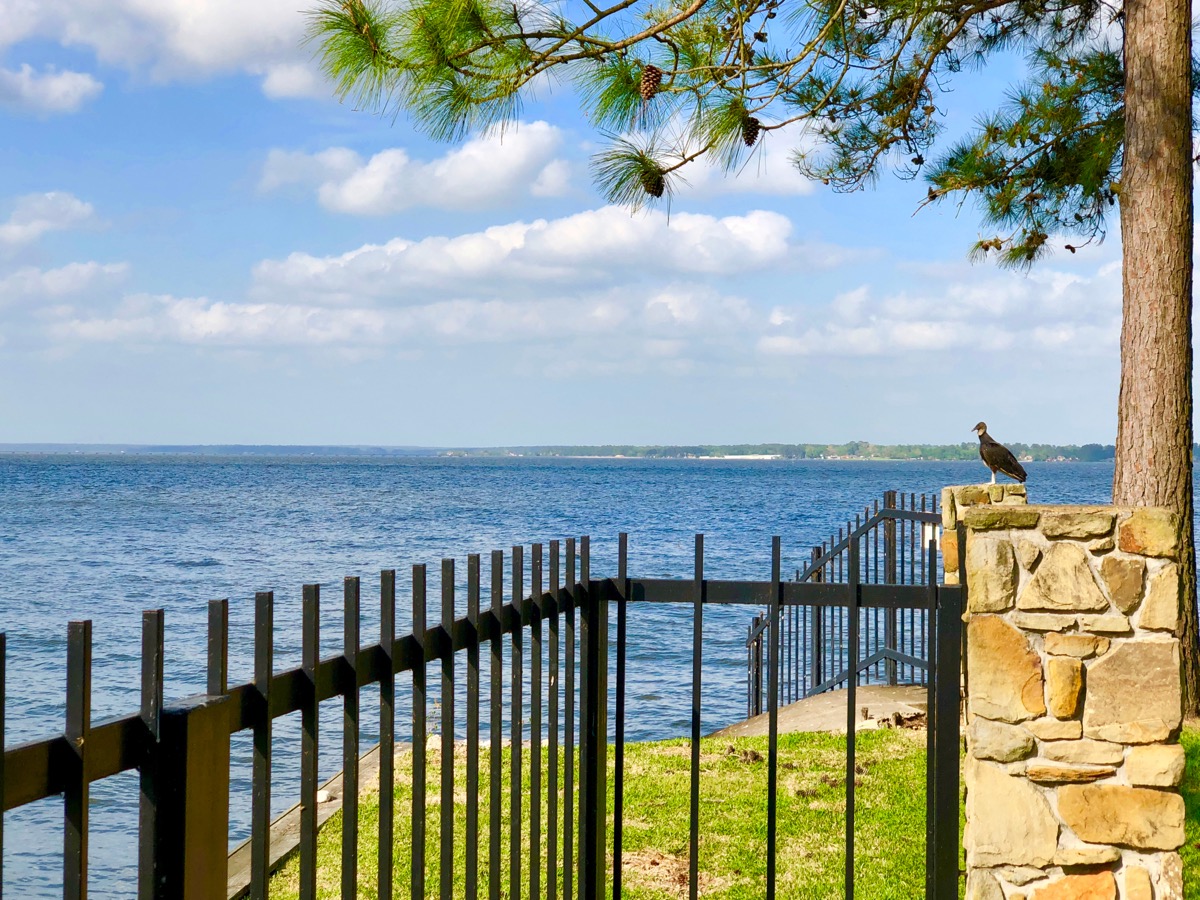
Number of people who moved here: 2,748
Population growth: 3.4 percent
From 2015 to 2016, Conroe was the fastest-growing large city in the country, according to the Census Bureau. It was joined in the top five by three other Texas cities: Frisco, McKinney, and Georgetown (all of which you’ll find a bit further down this list). That year, the Houston suburb grew a whopping 7.8 percent.
Texas state demographer Lloyd Potter spoke about just how popular the Lone Star State had become. “A lot of times when people think of Texas, they think about cowboys and roping cows,” he told the Associated Press. “But really we have … cutting edge manufacturing, technology and finance, and certainly all of the oil extraction activity as well.”
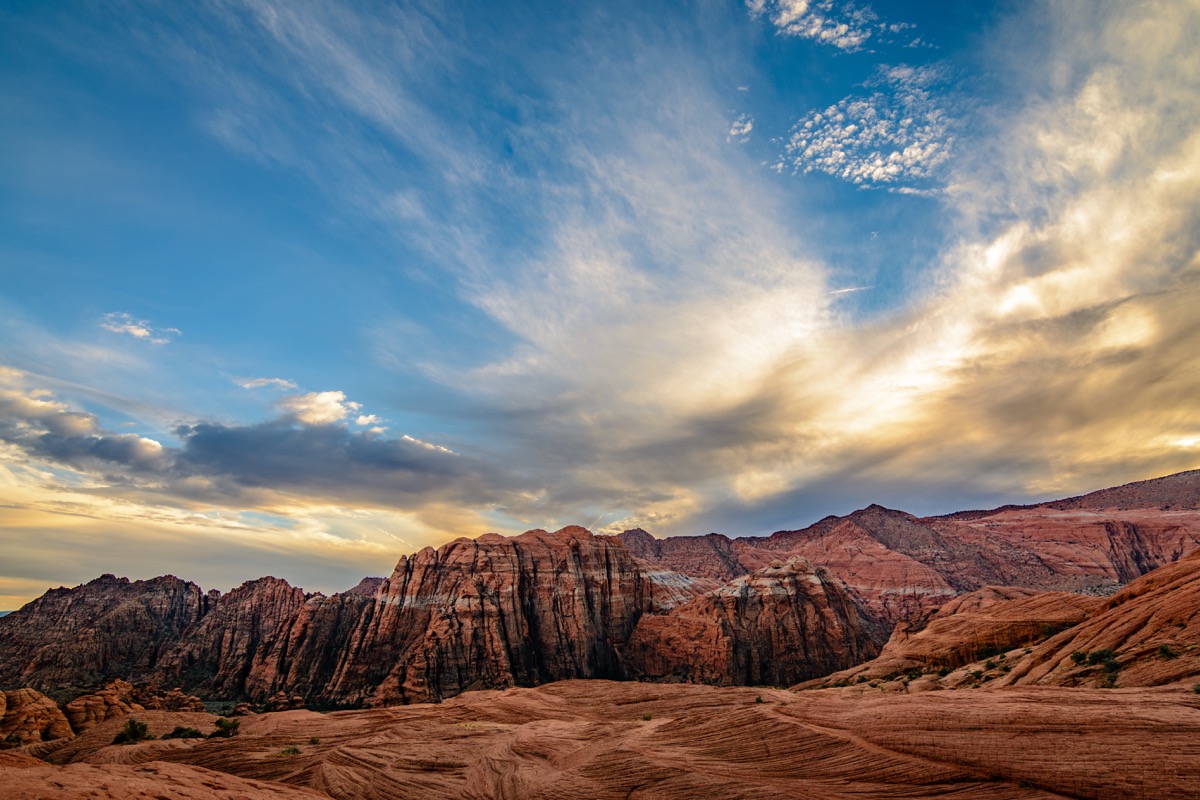
Number of people who moved here: 2,774
Population growth: 3.4 percent
With its moderate winters, high-performing schools, and close proximity to Zion National Park, it’s not hard to see why St. George, Utah, is growing. The city is unique in that it sits at the convergence of three distinct geological regions: the Mojave Desert, the Colorado Plateau, and the Great Basin, meaning residents get the best of all three worlds.

Number of people who moved here: 3,101
Population growth: 3.6 percent
Edinburg has experienced a rise in population as well as economic growth. In 2018, it saw a nearly 10 percent increase in sales tax allocations, as well as a significant increase in residential and commercial building, according to the Texas State Comptroller’s Office.
“These are great economic indicators for our city and we will continue to work together to promote Edinburg as an ideal location for businesses to open up shop, retailers to invest in, and encourage entrepreneurship, while also creating attractions and entertainment venues unique to our region,” Gilbert Enriquez, president of the Edinburg Economic Development Corporation, told the Edinburg Review.

Number of people who moved here: 1,878
Population growth: 3.6 percent
This suburb of Dallas and Fort Worth gets its name from the wild mustang grapes that used to grow abundantly in the area. And while the grapes still have a presence today, you’re more likely to hear about them in relation to wine than anything else. Grapevine is home to the largest wine festival in the Southwest, as well as the Grapevine Urban Wine Trail. It’s also got a historic downtown district featuring a vintage 1920s railroad and a thriving arts scene.
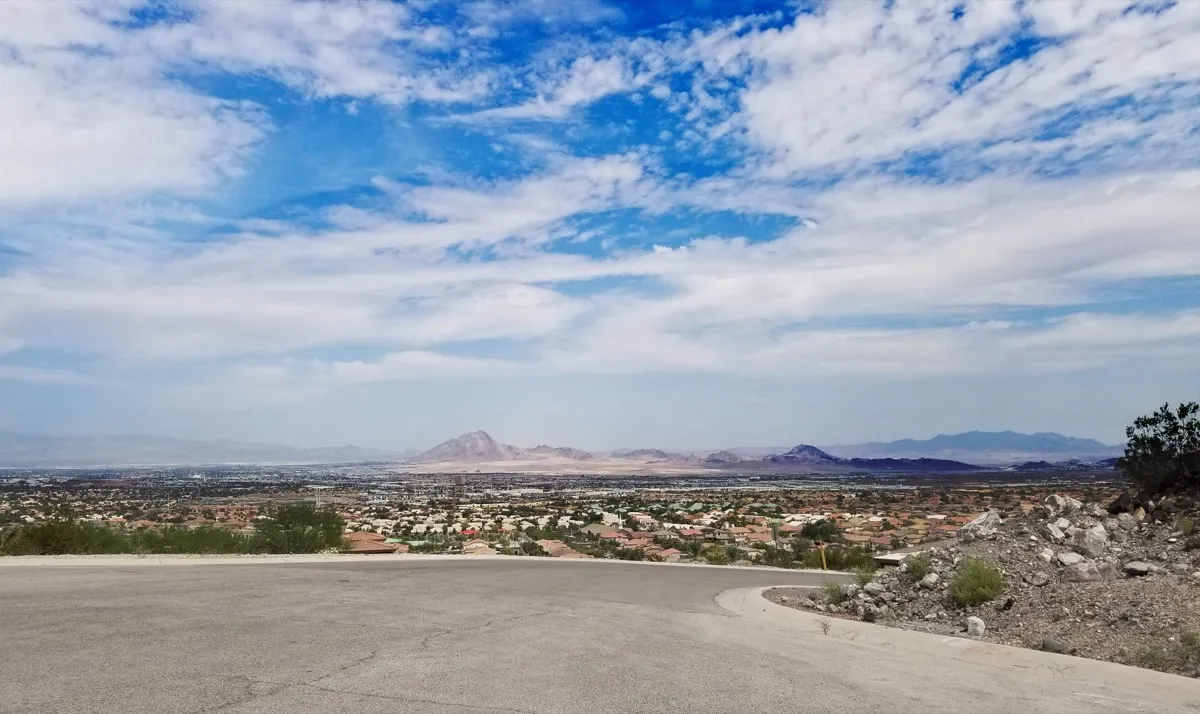
Number of people who moved here: 10,534
Population growth: 3.6 percent
More than 302,000 people live in Henderson, making it the most populous city on this list by far. In fact, Henderson is the second largest city in Nevada after Las Vegas. In 2018, Money magazine ranked Henderson No. 40 on its list of the 50 Best Places to Live in America.
“It’s very encouraging all the signs we see across this city that things are all pointing in a positive direction,” Scott Muelrath, president and CEO of the chamber of commerce, told KTNV. “When there’s construction booming that’s also a job attraction, so you are pulling people from really all over the country. It creates a ripple effect for the small business community and in turn the community at large.”
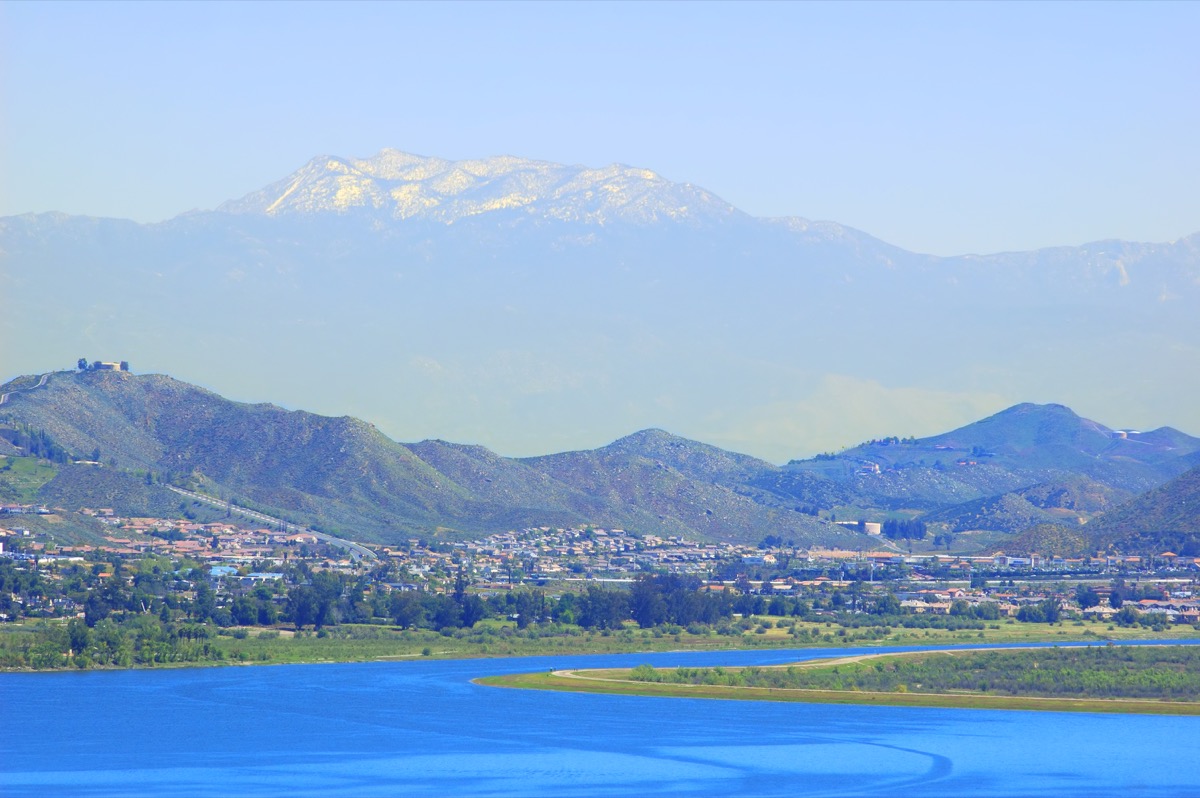
Number of people who moved here: 2,323
Population growth: 3.6 percent
Today, this lakeside city boasts more than 66,000 residents. But it wasn’t always such a bustling locale. In 1970, just 3,530 people called Lake Elsinore home. “We have been planning and continue to plan for explosive growth here in Lake Elsinore,” Mayor Bob Magee told My Valley News. “We have the land, a fast-track business-and investment-friendly climate, a fiscally-responsible infrastructure plan to support growth, affordable housing options and a quality of life that is diverse and exciting.”
19
Murfreesboro, Tennessee
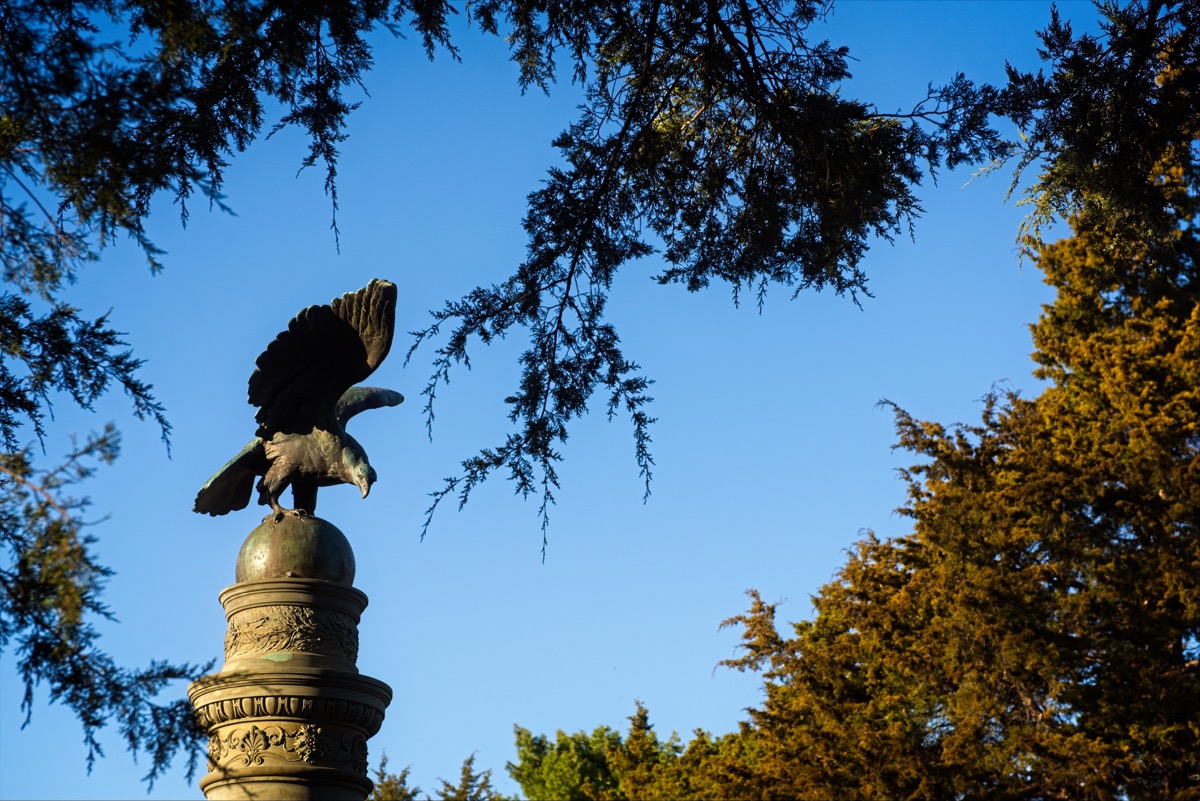
Number of people who moved here: 4,939
Population growth: 3.8 percent
Named after Revolutionary War hero Colonel Hardy Murfree, Murfreesboro was the state capital of Tennessee from 1818 to 1826, when it was replaced by Nashville. Its nickname is simply “The Boro,” and its motto is “Creating a Better Quality of Life.” That idea is certainly gaining traction, since the city is now home to more than 136,000 residents.
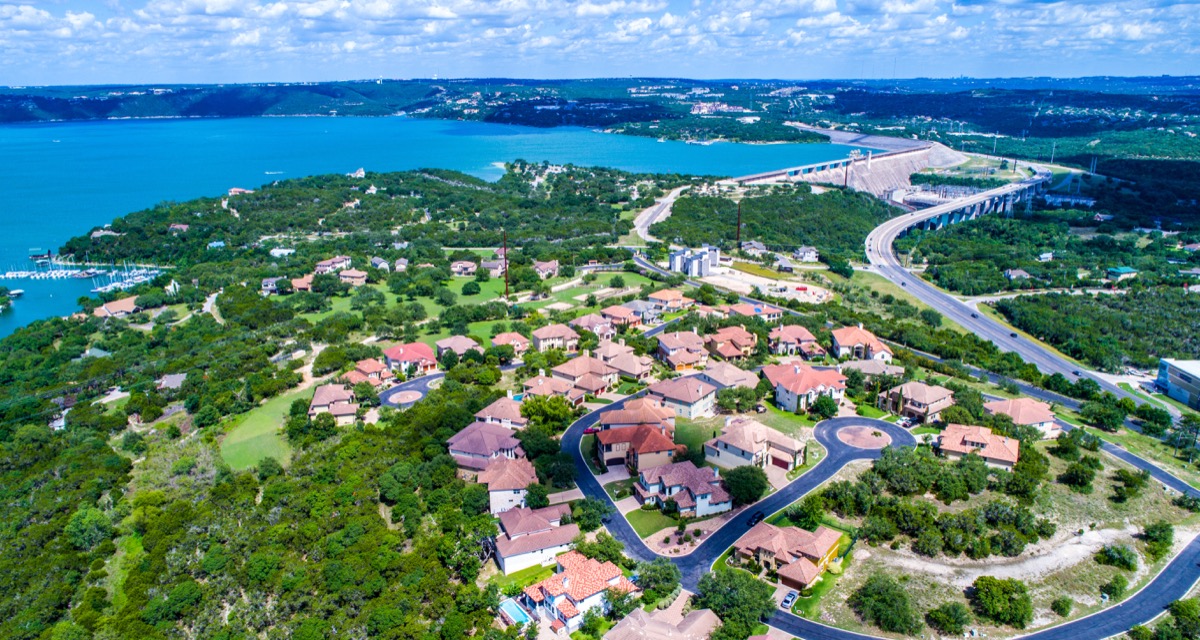
Number of people who moved here: 2,657
Population growth: 4 percent
The Texas city of Mansfield is almost equidistant between Dallas and Fort Worth, which makes its motto, “Minutes To Everything, Second To None,” incredibly fitting. “At 3.2 people per household, that’s another 16 to 17,000 people that’ll be moving to Mansfield,” the city’s economic director Scott Welmaker told CBS in 2017. “So, we’ve got to get them restaurants. We’ve got to get shopping for them. We’ve got to give them a reason to stay here on the weekends.” Obviously, that strategy is working!
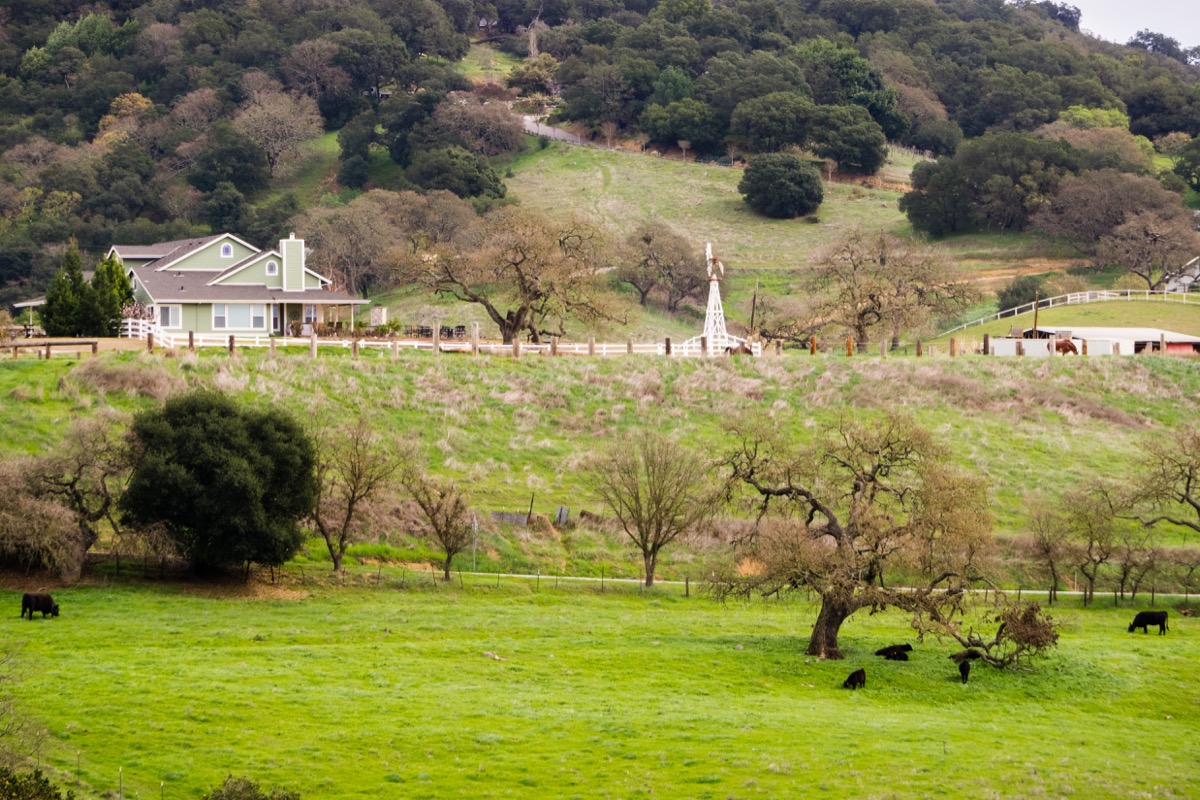
Number of people who moved here: 2,268
Population growth: 4.1 percent
Known as the Garlic Capital of the World, thanks to its annual Gilroy Garlic Festival, Gilroy’s population grew to more than 57,000 in 2017. Situated in Santa Clara County, this city also boasts several boutique wine producers. Thankfully, all that garlic hasn’t kept newcomers away.
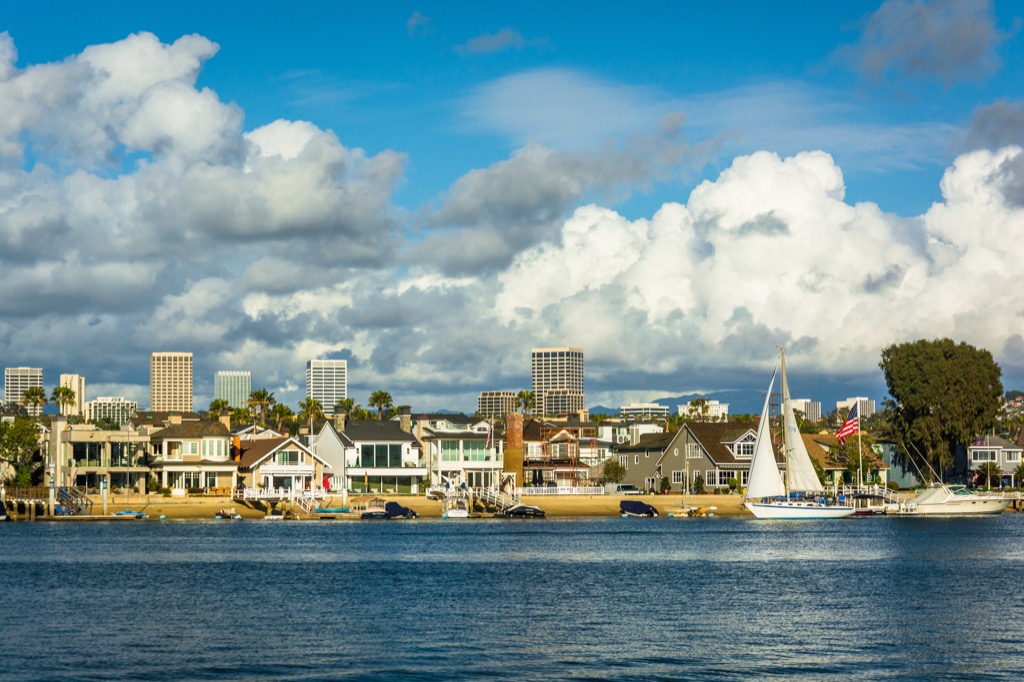
Number of people who moved here: 11,068
Population growth: 4.2 percent
Incorporated just 48 years ago in 1971, Irvine is not only one of the most populous cities on this list (277,453 people, as of 2017), but also one of the youngest. Some 40 miles southwest of Los Angeles, Irvine is a master planned city that is divided into a series sub-neighborhoods, each with their own identities and names. For example, Irvine’s Travata Village is designed exclusively for residents 55 and older, while Orchard Hills is more family oriented and home to the Tustin Unified schools.
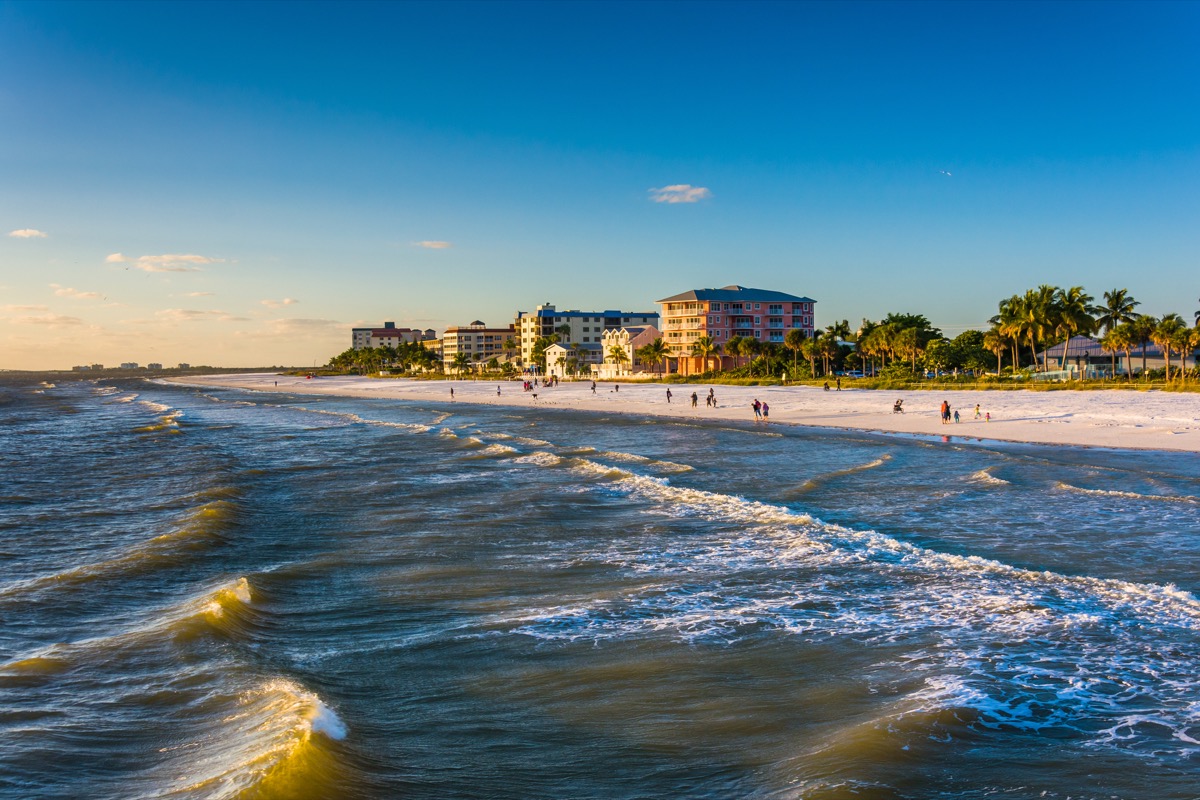
Number of people who moved here: 3,202
Population growth: 4.2 percent
The City of Fort Myers on Florida’s Gulf Coast has the distinction of having been the winter home to two of the country’s most famous innovators. In the 1880s, Thomas Edison bought 13 acres there for his Seminole Lodge. Three decades later in 1916, Henry Ford bought the place next door, which he called The Mangoes. (You can still visit both homes today.) Nowadays, Fort Myers is home to more than 79,000 people.
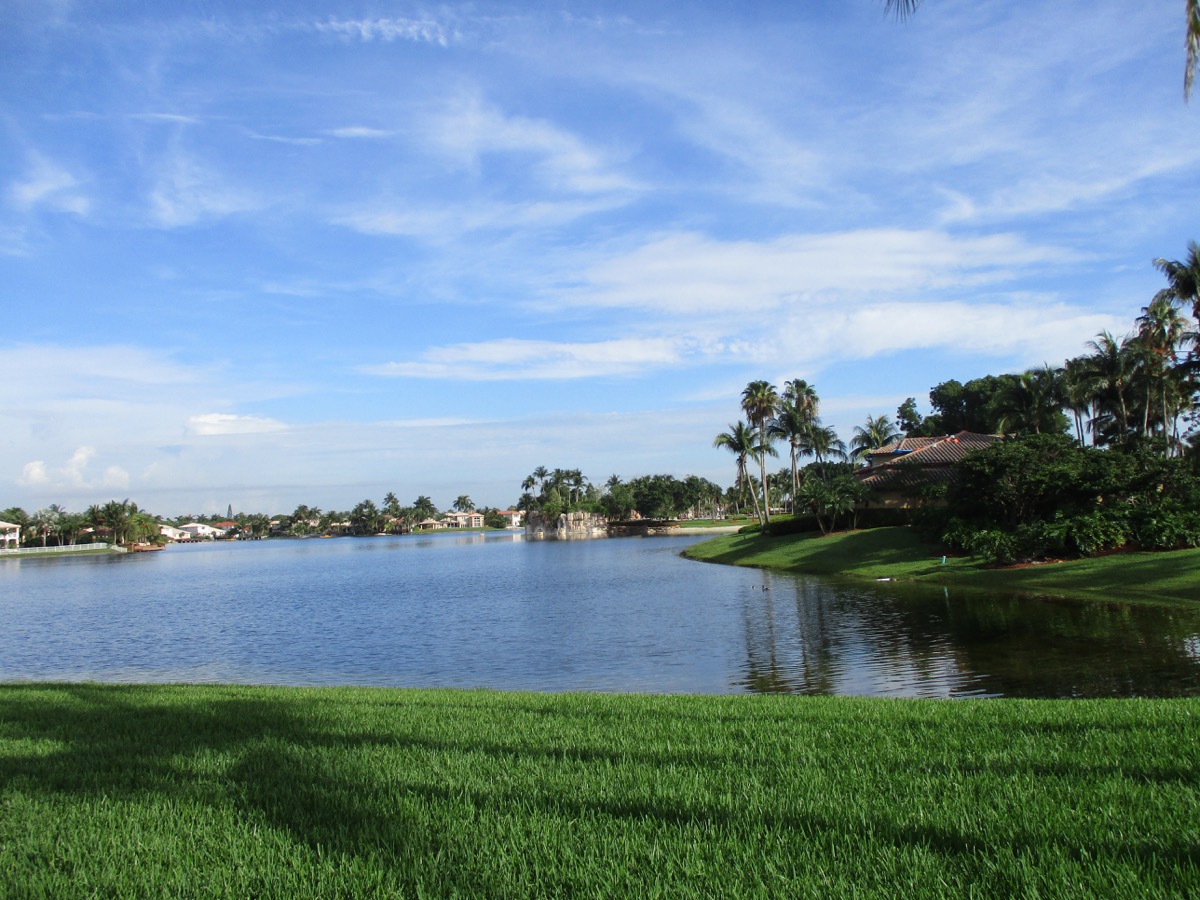
Number of people who moved here: 2,450
Population growth: 4.2 percent
Just one mile from Miami International Airport you’ll find Doral, home to more than 61,000 people. Incorporated in 2003, Doral has one of the largest concentrations of Venezuelan expatriates in the United States. In 2018, Money magazine named it the 22nd best place to live in America, calling out its 6.51 percent projected job growth from 2017 to 2022 and noting that it’s become a hot spot for international buyers and big businesses.
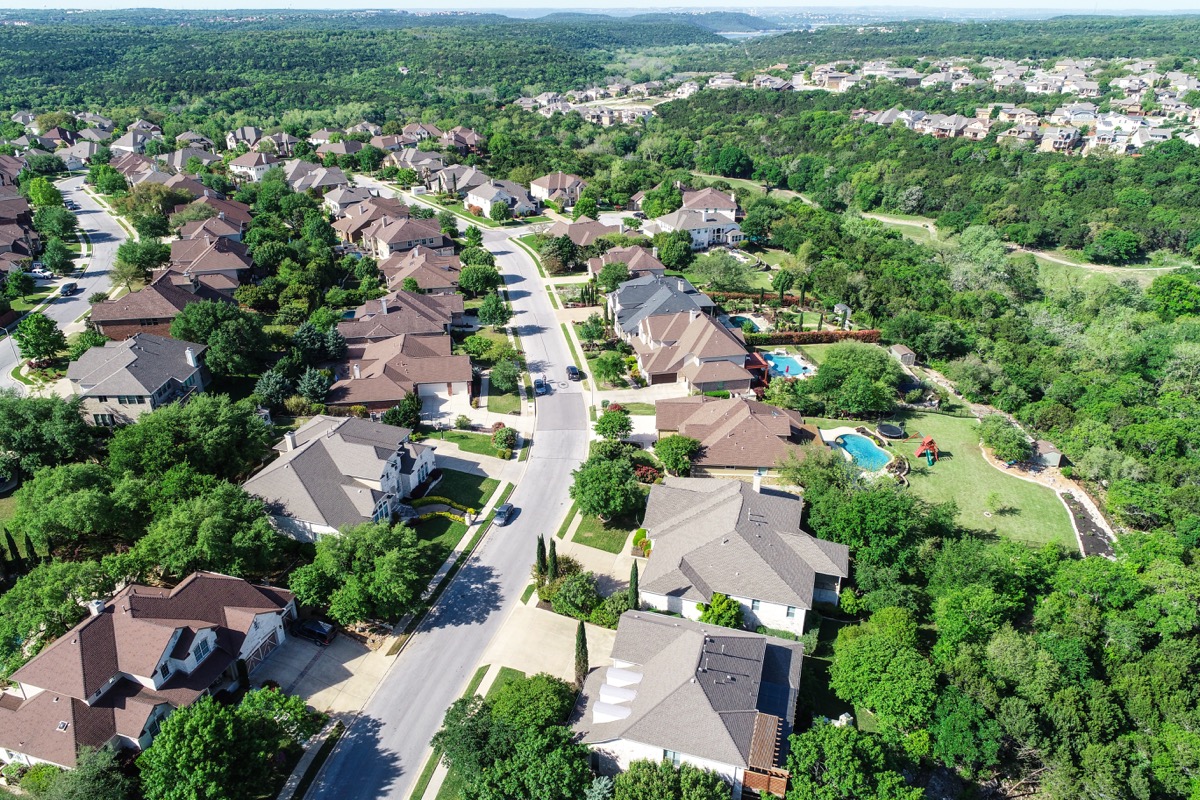
Number of people who moved here: 3,074
Population growth: 4.2 percent
Another booming Texas city, Cedar Park is home to some 47 city parks, 22 miles of trails, and a blossoming job market. Not to mention, the average household income is $99,025 while the median home price is an affordable $115,000. “I think statistics show that there’s a migration coming up from Austin from the suburbs, and Cedar Park is one of the beneficiaries of that,” economic development director Ben White told KVUE. “Cedar Park will be the next employment hub … and we are focusing on the jobs of tomorrow.”
12
Bend, Oregon
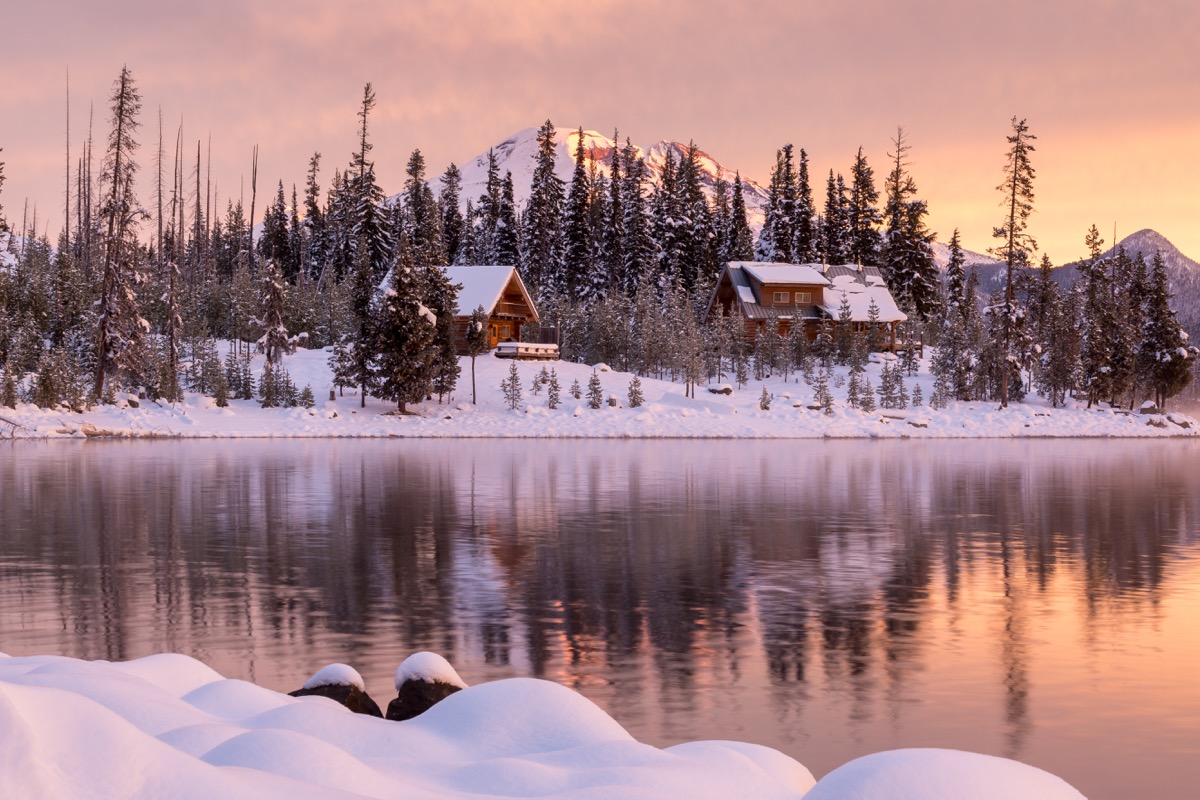
Number of people who moved here: 3,905
Population growth: 4.3 percent
In 2015, Bend was ranked one of the 10 Best Places to Live Now by Men’s Journal. The magazine emphasized Bend’s work-life balance and the way it encourages residents to spend time in the great outdoors. “You can do it all here,” said pro-cyclist Chris Horner, who’s lived in Bend since 2000. “I just hop on my bike and go. You’re always close to downtown, but you can get out of town in five minutes.” Fun fact: It’s also home to the last remaining Blockbuster LLC store in the world!
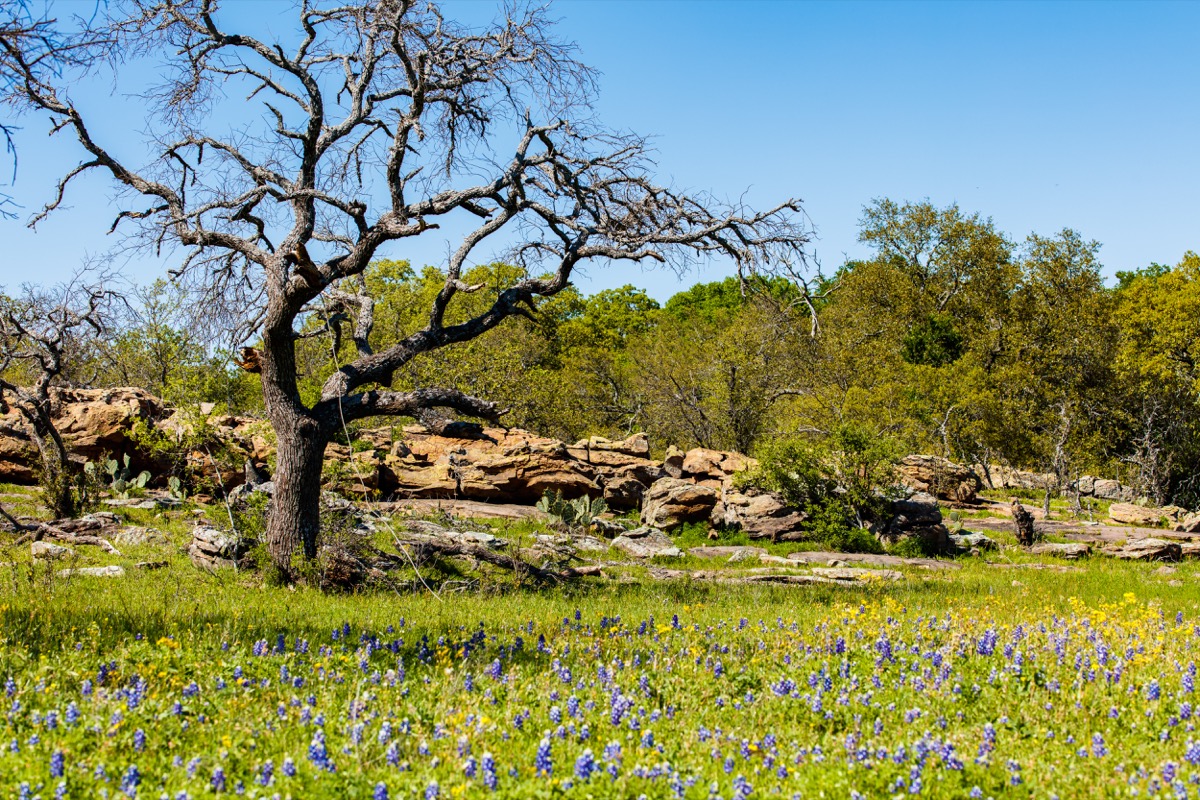
Number of people who moved here: 3,178
Population growth: 4.3 percent
Flower Mound, which is located northwest of Dallas and northeast of Fort Worth, incorporated in 1961 and has been growing ever since. The city, which is named for its 12.5-acre hill of wildflowers and native grasses, sits on the shores of Grapevine Lake and offers newcomers modest home prices and a 158-acre riverwalk. Job growth is expected to increase more than 16 percent between 2017 and 2022, according to Money, which means Flower Mound will have plenty of work to keep its newcomers busy.
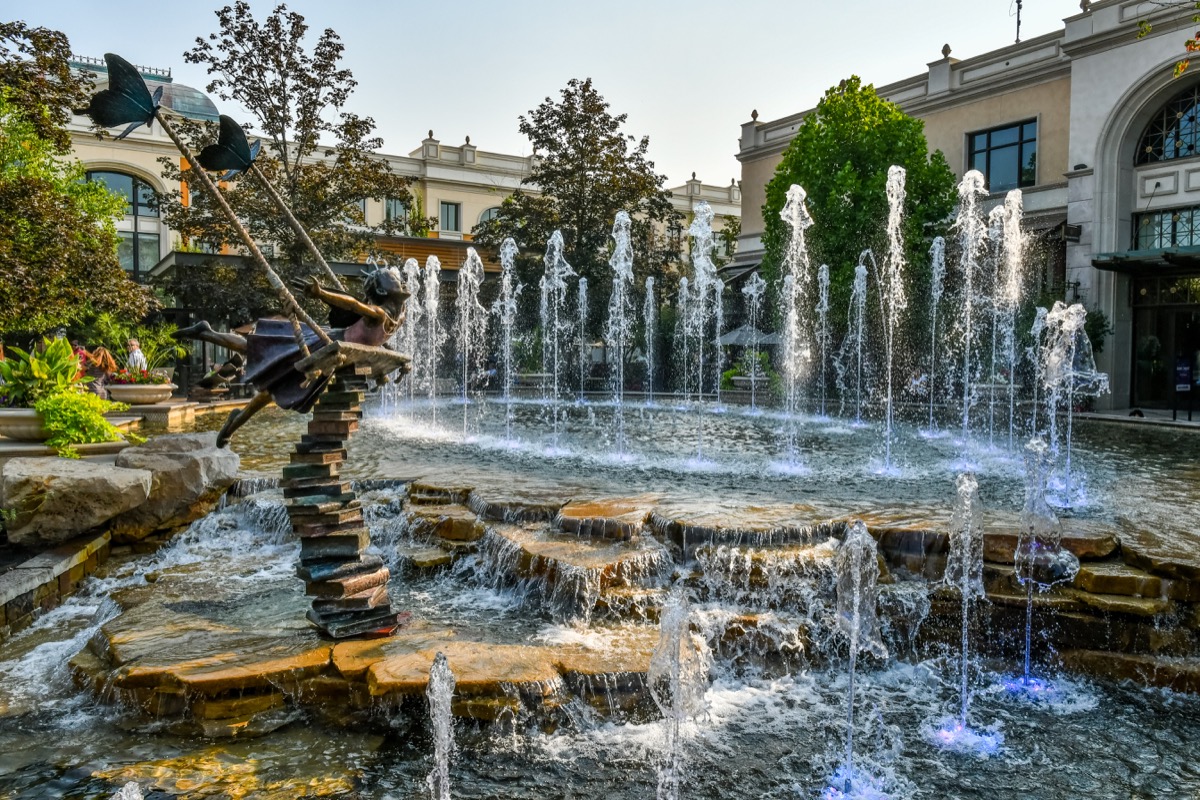
Number of people who moved here: 4,490
Population growth: 4.7 percent
Nestled next to Boise is the city of Meridian, which, according to its motto, is “built for business … designed for living.” And while many residents commute to Boise for work, the city is working to increase its own opportunities. “Growth equals jobs,” Meridian city councilman Treg Bernt told the Idaho Statesman. “The more growth we have, the more jobs we’ll have. The more money that will be spent in our economy, the more prosperous we’ll be.”
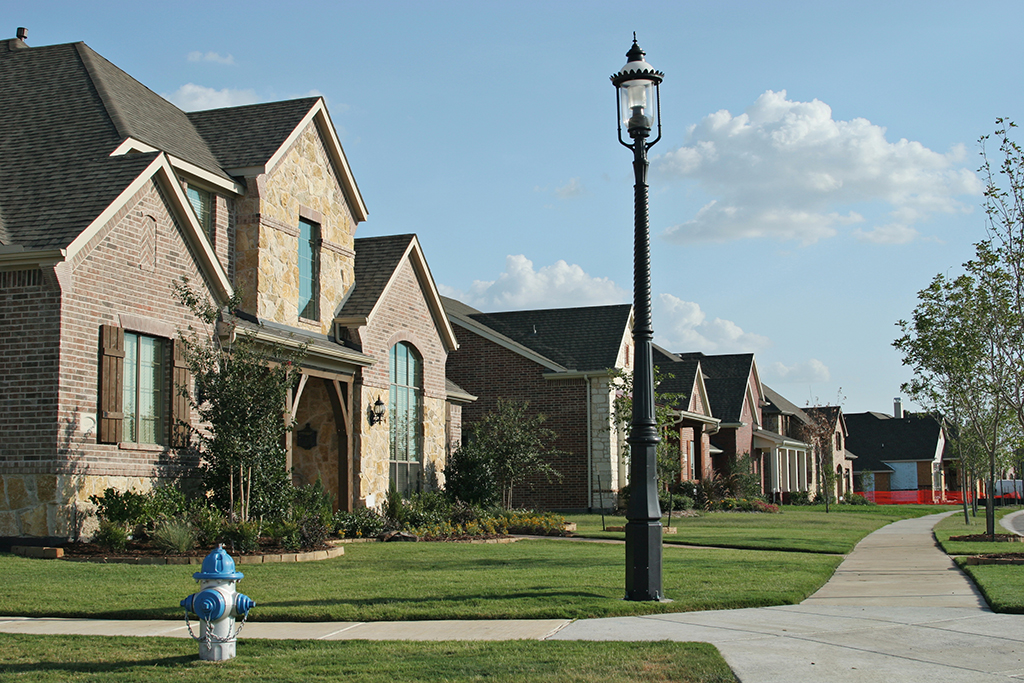
Number of people who moved here: 8,346
Population growth: 4.8 percent
In 2014, Money magazine ranked McKinney No. 1 on its Best Places to Live in America list. According to the Census Bureau’s latest estimate, the city’s population reached more than 187,000, a 327 percent increase since 1999. But that doesn’t mean McKinney is interested in losing its small-town feel.
“While this unprecedented growth provides for a booming economy, we remain committed to maintaining the community feel that has brought so many of us to McKinney,” city manager Paul Grimes wrote in a press release.
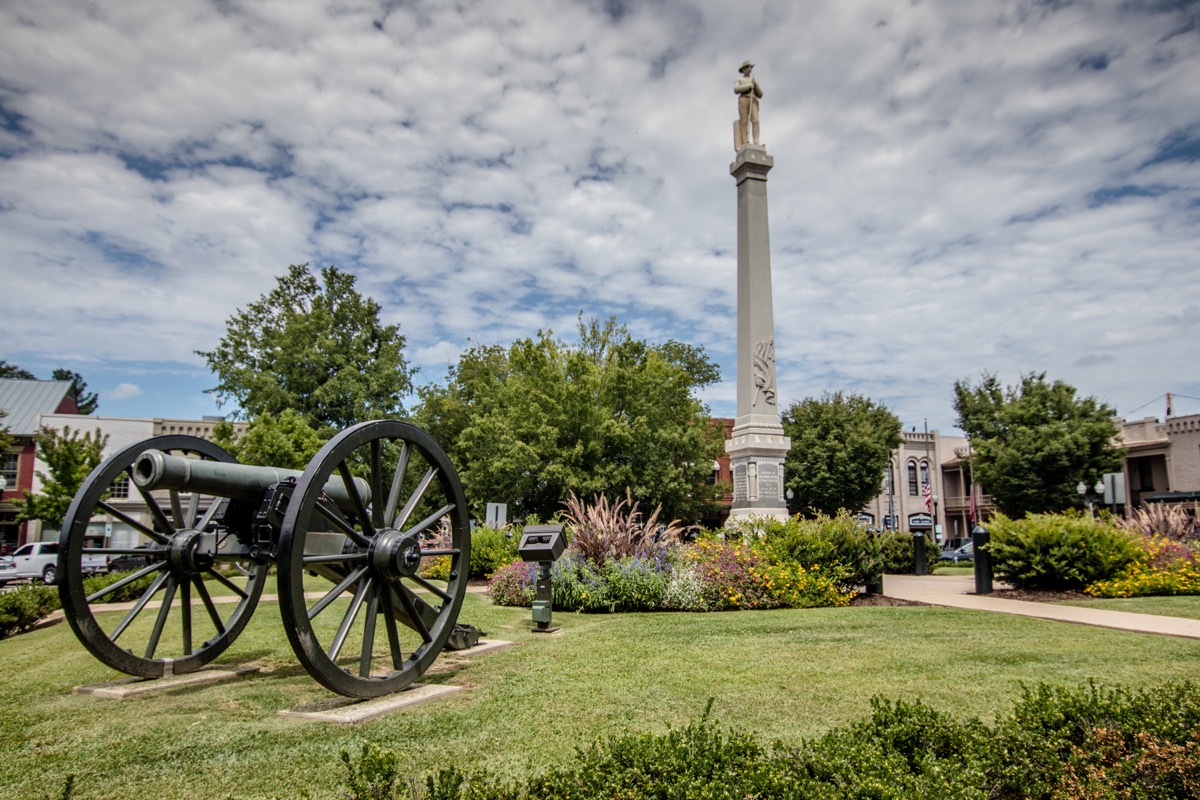
Number of people who moved here: 3,636
Population growth: 4.9 percent
Located some 21 miles south of Nashville in Williamson County, the city of Franklin has a population of more than 78,000 and is the seventh largest city in Tennessee. Franklin’s population has exploded in recent years as the economies in Nashville and the surrounding area continue to pick up steam.
“People come to Williamson County for many reasons—obviously great schools, great people, excellent transportation, good tax structure,” local businessman Rod Heller told Livability. “But Franklin is a unique historic town that offers so many attractions to people, and we feel Franklin has the potential to be the geographic as well as cultural and historic center of greater Nashville.”
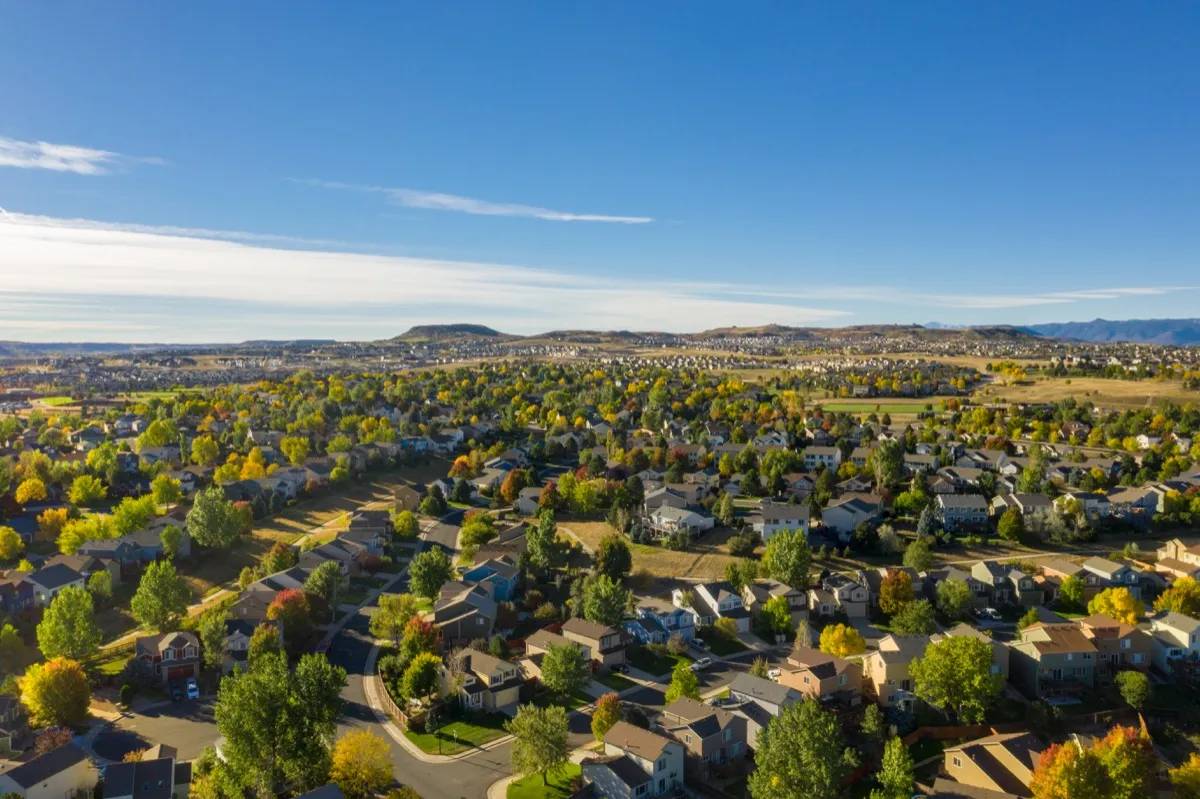
Number of people who moved here: 3,021
Population growth: 5.1 percent
Named for the castle-shaped natural rock formation near the center of town, Castle Rock is the second town on our list and has a population of more than 62,000 people. “We are situated in between Denver and Colorado Springs and we are on the highway, so you can expect growth to occur between those two large cities,” Kevin Tilson, director of the Castle Rock Downtown Alliance, told The Denver Channel. “And we are certainly seeing that in Castle Rock.”
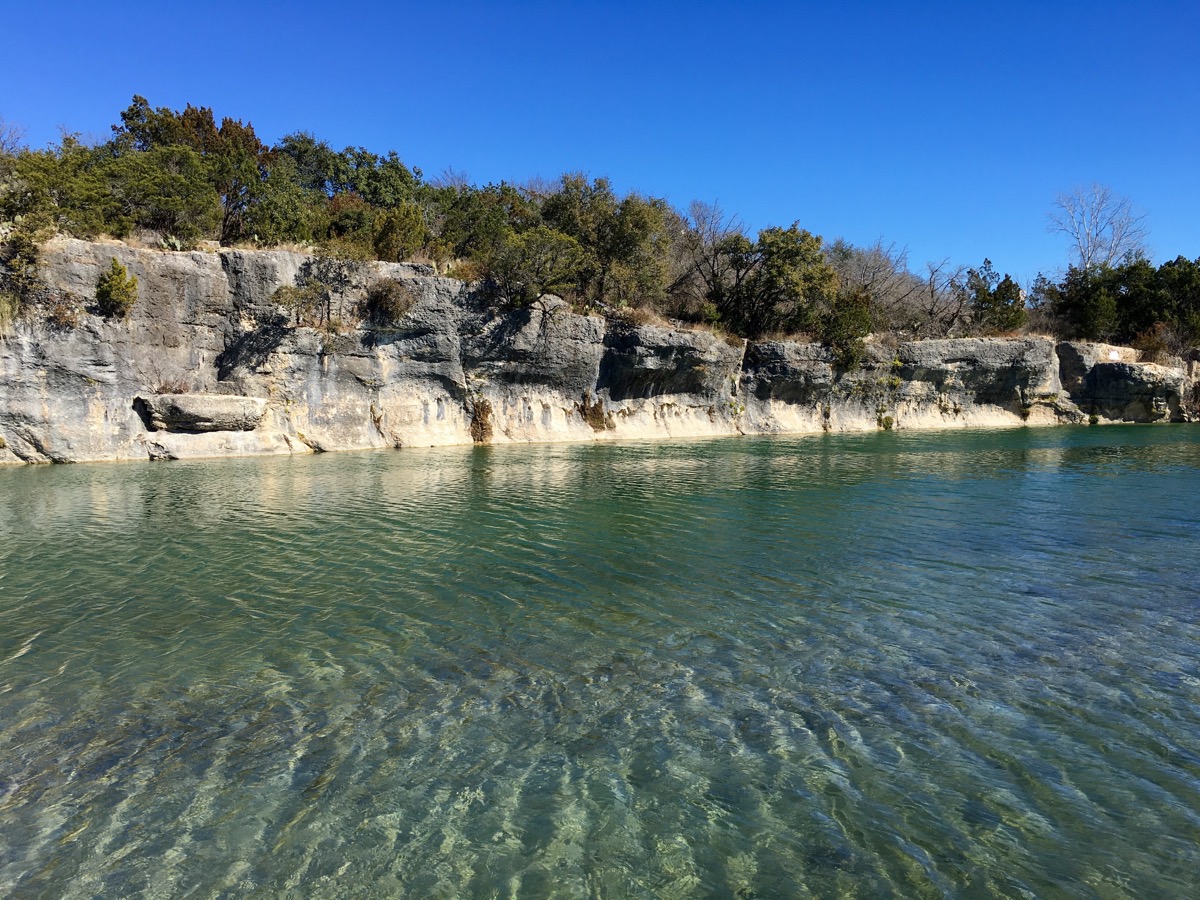
Number of people who moved here: 3,617
Population growth: 5.4 percent
Thirty miles outside of Austin, Georgetown is known as the “Red Poppy Capital of Texas,” thanks to the red poppy wildflowers that are planted throughout the city. Every April, Georgetown’s Red Poppy Festival brings around 30,000 visitors to the city’s historic square.
Georgetown is also the site of the Sun City Texas age-restricted community, which caters to residents ages 55 and older. In 2015, it broke ground to add 2,400 new homes, in addition to the 7,500 homes that already stood there, according to the Austin Business Journal. That’s a big chunk of Georgetown’s population, which currently stands at more than 70,000 people.
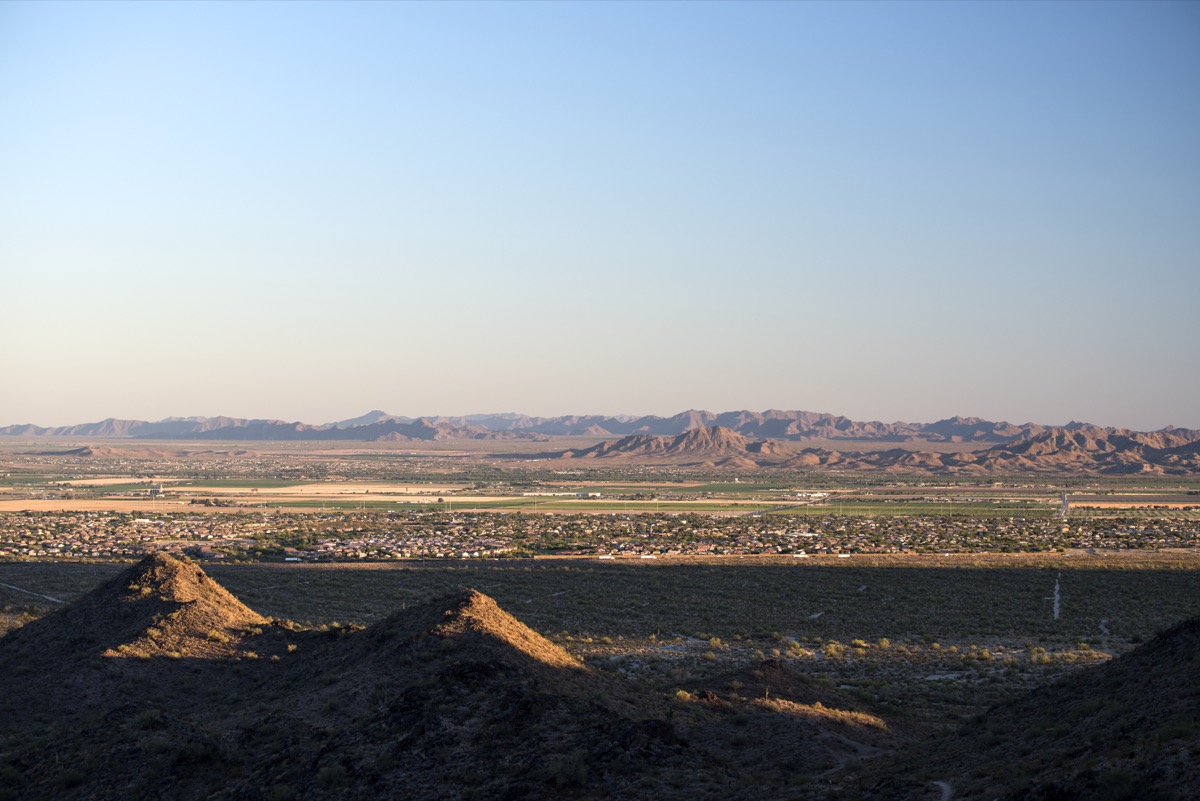
Number of people who moved here: 3,814
Population growth: 5.9 percent
In 2017, it was reported that a company associated with Bill Gates purchased 25,000 acres of land between Buckeye and the neighboring town of Tonopah. The company, called Belmont Partners, plans to build a “smart city” that will be designed around emerging technologies.
“Belmont will create a forward-thinking community with a communication and infrastructure spine that embraces cutting-edge technology, designed around high-speed digital networks, data centers, new manufacturing technologies and distribution models, autonomous vehicles and autonomous logistics hubs,” Belmont Partners said in a press release. The city will also include 80,000 residential units, which means we can expect to see Buckeye continue to grow in the coming years.
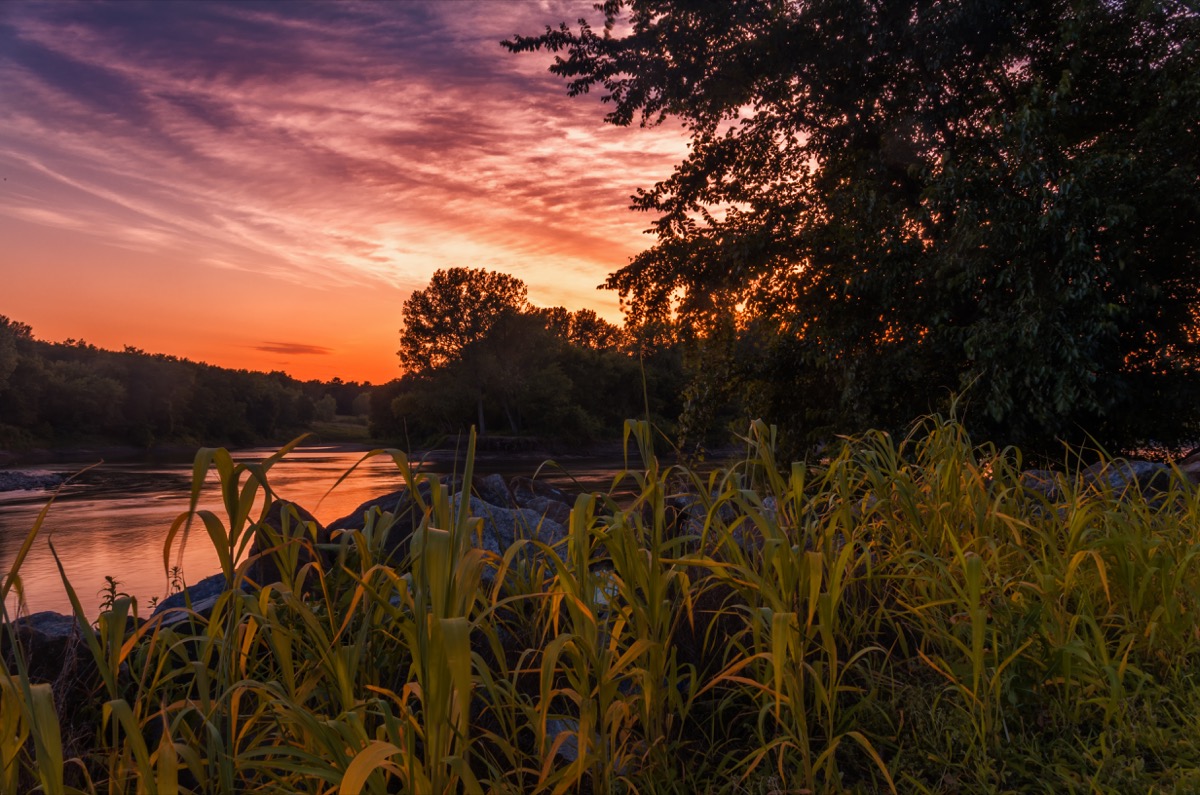
Number of people who moved here: 3,777
Population growth: 6.4 percent
Seven miles north of Des Moines is the rapidly growing suburb of Ankeny. “It’s a special place,” city manager David Jones told the Des Moines Register. “People want to live here, developers are confident investing here, and businesses are confident in investing, expanding and growing here.”
That doesn’t mean that life in Ankeny is changing too much, though. “It’s nice to grow and we’re happy to be on these lists, but what’s even better is if you can grow and the folks who live here aren’t necessarily cognizant that you’re the fourth-fastest-growing city in the country,” Jones told the paper.
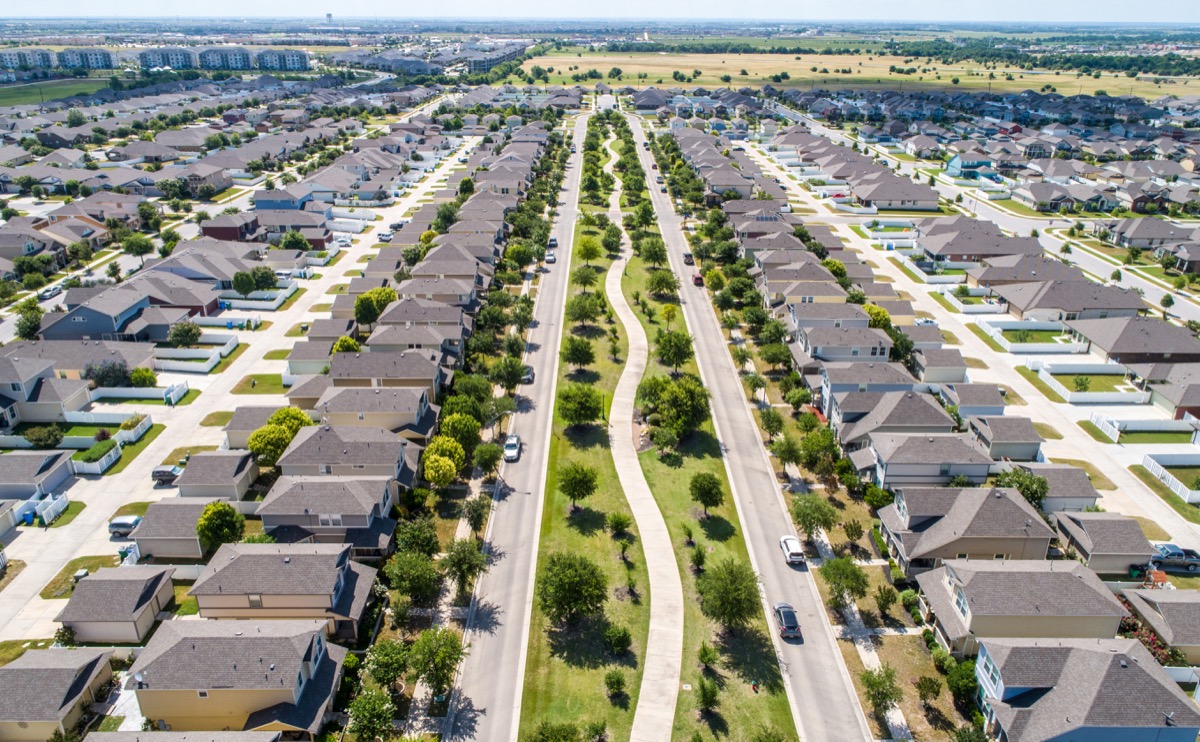
Number of people who moved here: 3,852
Population growth: 6.5 percent
Its name may sound like something from a Dr. Seuss book, but Pflugerville’s growth is very real. A figurative stone’s throw from Austin, this suburb now boasts more than 63,000 residents. And while the city was once a bedroom community of Austin, it’s now bringing in industries of its own, including a boom of 3D-printing manufacturers. “It’s just been exponential growth,” Amy Madison, the executive director of the Pflugerville Community Development Corporation, told KVUE.
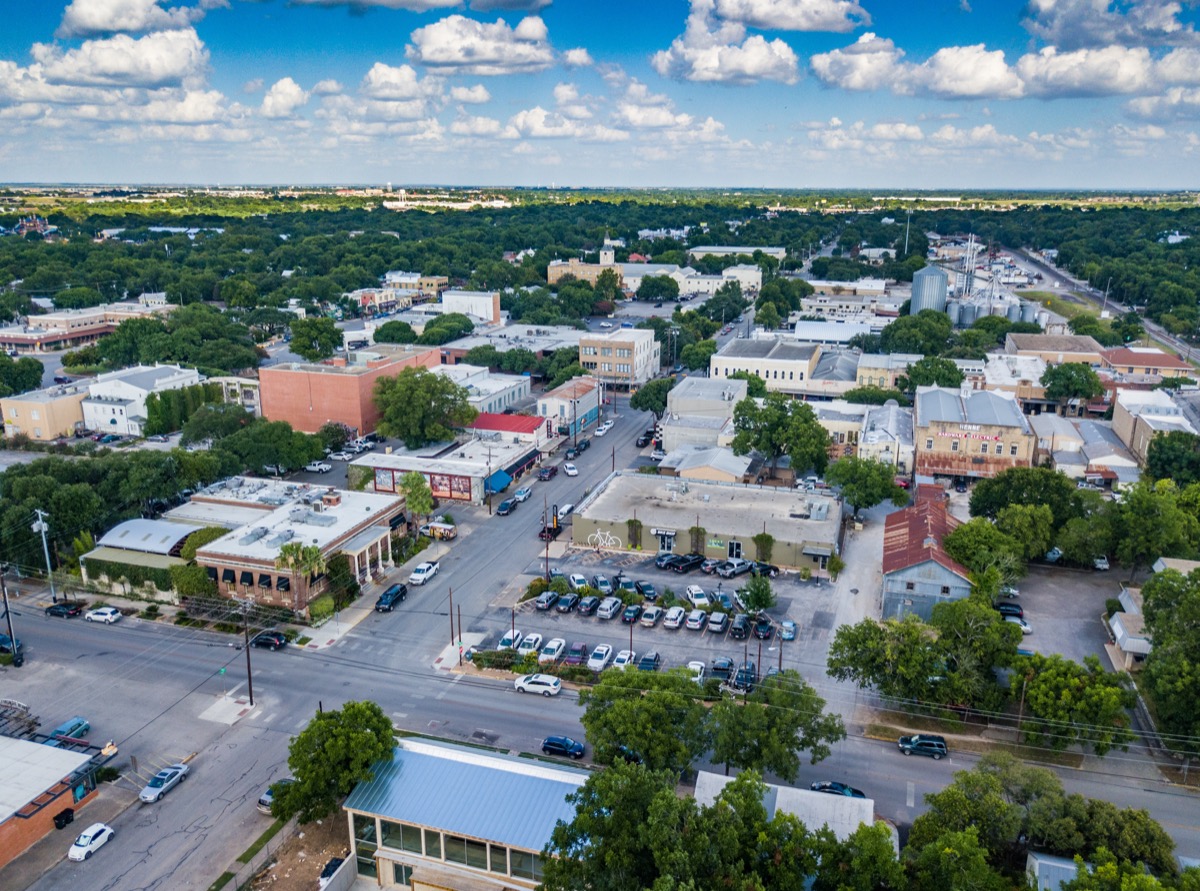
Number of people who moved here: 5,833
Population growth: 8 percent
To the best of our knowledge, New Braunfels is the only city on this list that was founded by a bona fide prince. In 1845, Prince Carl of Solms-Braunfels, Germany, organized hundreds of Germans to settle in Texas. He named the city after his home and the rich German tradition lives on. Every November, the city plays host to “Wurstfest,” a German-style sausage festival. The city’s population is around 79,000 people.
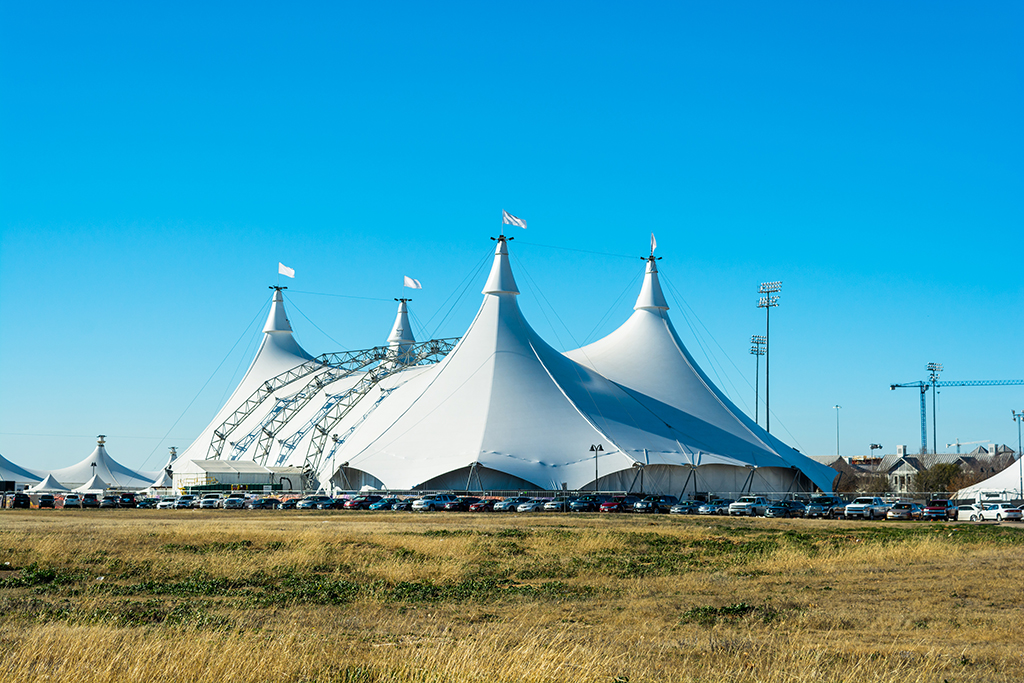
Number of people who moved here: 13,470
Population growth: 8.2 percent
Home to more than 177,000 people, this suburb of Dallas and Fort Worth was the fastest growing city in America from 2016 to 2017. “I think [the ranking] reflects the high quality of life here in Frisco,” Mayor Jeff Cheney told Community Impact. “There’s no doubt that there’s a lot of demand for people to move to Frisco, and that’s largely because of our great school district, the high quality of life, great amenities, great housing, great shopping. All of those types of things are why people are flocking here.” And for more cities to flock to, check out the 30 American Cities You Had No Idea Were Amazing Getaways.
To discover more amazing secrets about living your best life, click here to follow us on Instagram!